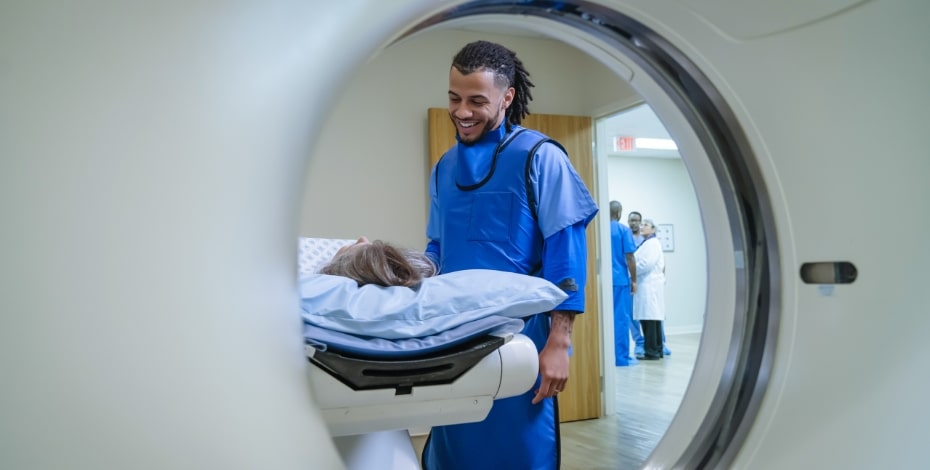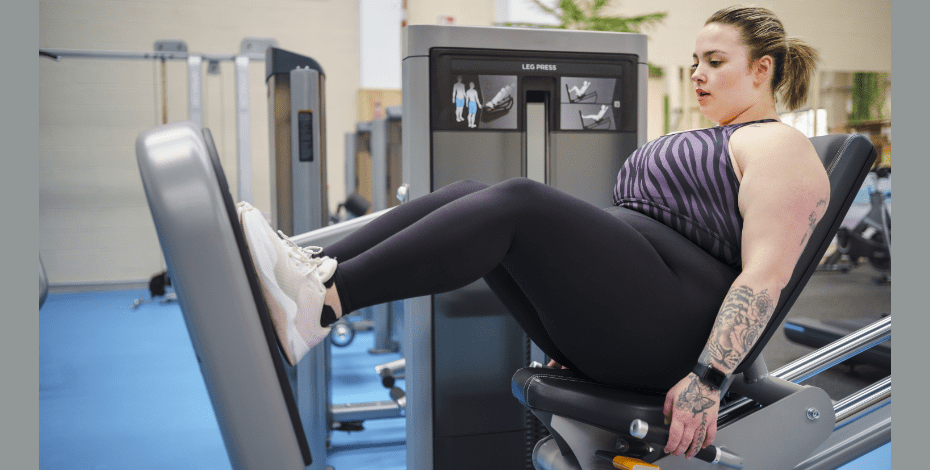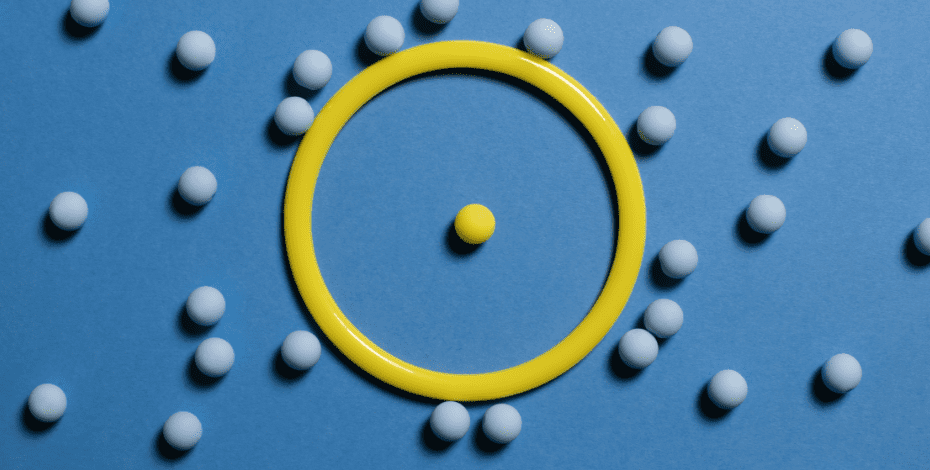
Shining a light on imaging

Lia Giovanovits explores the role and limits of imaging in physiotherapy practice over breakfast in Sandy Bay, Tasmania.
‘If imaging is not going to change the management of a patient, is it necessary?’ asks Specialist Sports and Exercise Physiotherapist (as awarded by the Australian College of Physiotherapists in 2018) Dr Lia Giovanovits, who will discuss imaging implications for physiotherapy practice at the 2022 Tasmanian Summer Breakfast.
‘It can sometimes be difficult to decide whether or not to use imaging, especially with the shift away from imaging for some conditions, such as knee osteoarthritis and non-specific low back pain, but imaging can be a useful adjunct when used appropriately.
'However, we also need to avoid over-reliance on imaging as it has a significant economic impact and potential emotional implications for our patients,’ says Lia, who for the past two decades has worked with elite athletes across many sports, including with the Australian rowing, the Canadian women’s rowing and the Australian para-cycling teams.
The decision to image a patient should be based on strong clinical reasoning and be part of best practice, which considers numerous factors, Lia says.
‘For example, [we would look at] expected gains from imaging, cost-effectiveness, availability, psychosocial factors and radiation exposure. It is also important to understand the limitations of imaging and what are considered normal imaging findings in an asymptomatic population.’
During her keynote speaker’s presentation, ‘Imaging implications for physiotherapy practice: one piece of the puzzle’, Lia will discuss:
- when to use imaging
- considerations when choosing the type of imaging
- the importance of aligning imaging with the clinical presentation and findings
- implications for physiotherapy practice.
‘Imaging can have a positive psychological impact but more often than not the outcome will be negative, leading to anxiety and fear avoidance. 'Therefore, how we interpret and discuss imaging findings with patients is imperative.’
Lia is a director of and clinical lead at Physiotas in Launceston and has a special interest in hip, ankle and knee injuries—particularly patellofemoral and ligament injuries—and the management of injuries in cyclists, runners and rowers.
She has worked under leading UK sports and orthopaedic physiotherapists in Oxford and Nottingham and received an honours degree in physiotherapy from the University of London.
After moving to Australia in 2003, Lia has predominantly worked in private practice, studying for her Master of Musculoskeletal and Sports Physiotherapy at the University of Queensland in 2006 and 2007.
Ever since, Lia has been passionate about educating other physiotherapists and other medical professionals on the scope of physiotherapy.
She has presented at various APA forums, APA level one and two sports courses, GP conferences and workshops.
Highlights of her career include working as a physiotherapist at the London Olympics—at a multidisciplinary clinic as well as at the rowing and kayaking venues—and obtaining her Fellowship of the Australian College of Physiotherapists.
Working with elite athletes adds further complexity to decisions about whether or not to image.
As part of the medical network for the Tasmanian Institute of Sport, Lia shares her insights into the decision-making that takes place when considering imaging in this population.
This presentation will cover all aspects of imaging for physiotherapists and explain why imaging is just part of the puzzle—‘Remember, don’t treat the imaging; treat the patient.’
The Tasmanian Summer Breakfast will be held in Sandy Bay, Tasmania, on Friday 2 December at 6.30 am. Click here for more information and to book.
>> Dr Lia Giovanovits FACP is a director of and clinical lead at Physiotas in Launceston, a Specialist Sports and Exercise Physiotherapist (as awarded by the Australian College of Physiotherapists in 2018) and an APA Sports and Exercise Physiotherapist.
© Copyright 2024 by Australian Physiotherapy Association. All rights reserved.






